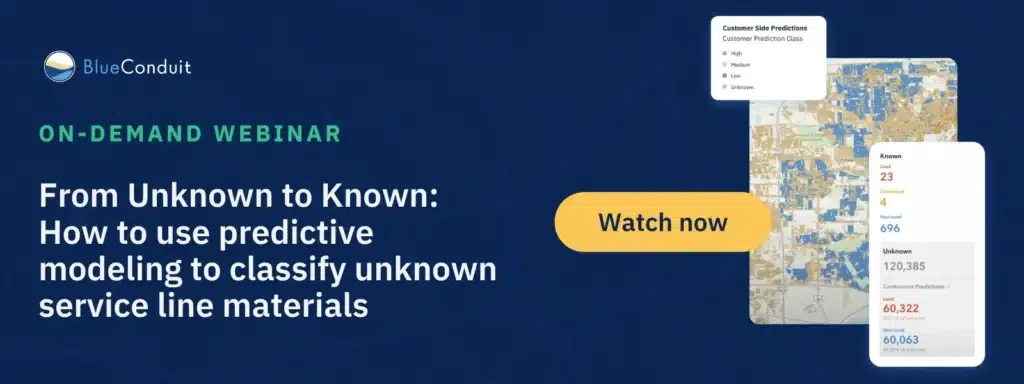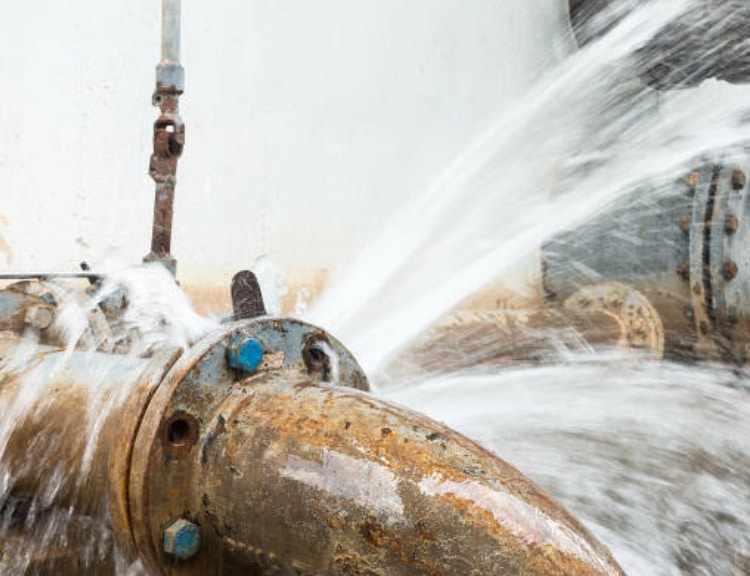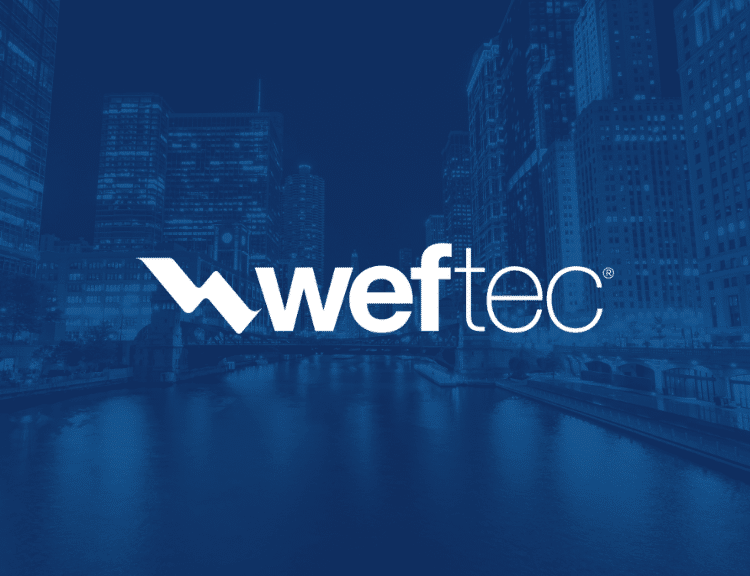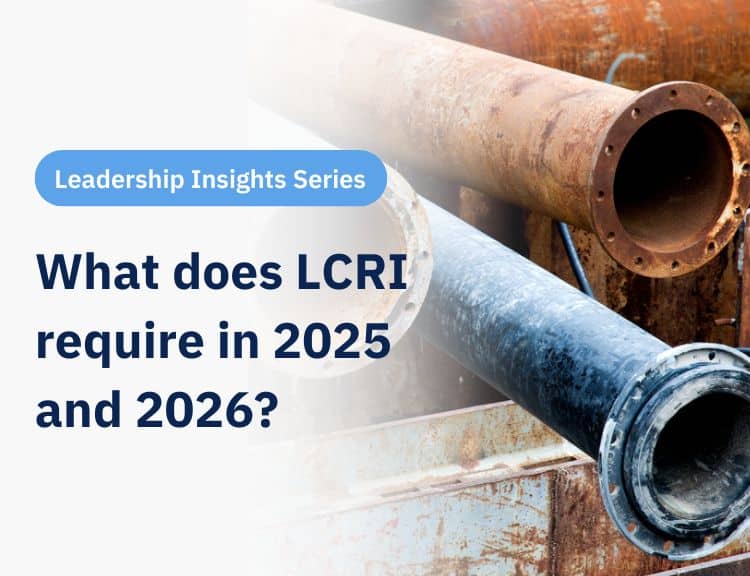If you have service lines of unknown material in your inventory, there are many reasons to choose predictive modeling to classify these unknown lines: Compliance, feasibility, time and effort are just a few. In this blog post, we’ll highlight the value of predictive modeling to quickly and efficiently reduce the unknowns in your inventory.
Water systems face many challenges to classify their unknown service line materials. Most lack records on the customer-owned portion of the line, or the records they do have may be out of date. Utilities may also have trouble accessing the private side of the line or not have the resources available to conduct inspections of every unknown line.
Water systems also face multiple LCRI requirements around notification, identification and replacement of lead, unknown, or GRR service lines. Systems with high numbers of unknown lines face particularly difficult challenges when it comes to meeting the deadlines set by LCRI.
Predictive modeling allows water systems to quickly and easily classify unknown lines with a minimal amount of field investigation. BlueConduit’s models only require enough visual inspections to satisfy a randomized, representative sample, which can then be used for segment-by-segment lead likelihood predictions or to classify the entire system as non-lead (depending on the system’s data, and in accordance with state guidance).
Here’s an example: Goshen, Indiana used statistical methods to classify their entire system as non-lead. By completing a small number of digs to achieve a representative, randomized sample, the city spent about $300,000 as opposed to $3 million it would have cost to dig up every line and verify its materials. That’s a cost savings of 90 percent.
In addition to cost savings, predictive modeling is also the fastest way to classify unknown lines. The entire process from start to finish – compiling existing data, creating a list of recommended inspection sites to inform the model, running the model and generating the predictions – typically takes weeks or months to complete, rather than years to physically verify every service line.
Leaving service lines classified as “unknown” in your inventory essentially means classifying those lines as lead (until you get around to digging that line up for replacement). That means more compliance headaches and more requirements around customer notifications and inventory. It’s in water systems’ best interests to reclassify their unknowns, whether as lead/GRR for appropriate replacement planning, or non-lead to ease compliance requirements and maintain (or even improve) community trust. Using predictive modeling is a fast, efficient and cost-effective way to reduce unknowns and help meet LCRI requirements.
Now available on-demand, watch our webinar with design partner Des Moines Water Works (DMWW) to learn how predictive modeling helped them reduce their unknowns by more than 70 percent!






